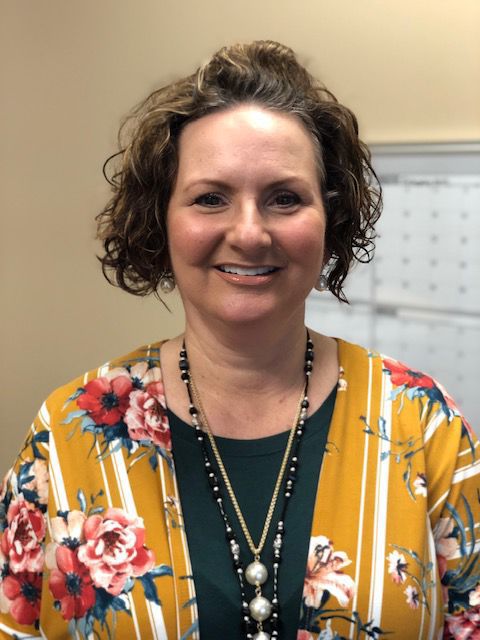Youth suicide on the rise in Kentucky
Published 8:00 am Monday, February 11, 2019

- Anna Clardy
In Kentucky, suicide is the second-leading cause of injury-related death among those 10 to 24 years old, and the numbers are increasing.
That’s one finding of the state’s 2017 Public Health Child Fatality Annual Report, which also found youth suicides occurring at earlier ages.
Between 2011 and 2015, Kentucky saw an increase in suicides by children from age 10 to 17, and in 2015, the number of youth who had taken their own lives nearly doubled to 24, up from 13 deaths one year prior. Suicide rates are also higher among youth who identify as lesbian, gay, bisexual and transgender.
In response, local schools are hiring more mental health counselors and training staff to recognize and react to traumatic childhood experiences, including the warning signs of youth suicide.
“There are a huge population of our families that don’t have access to services,” said Tanner Steelman, one of two student-family counselors hired by the Bowling Green Independent School District this school year. He and his colleague, Amy Carter, are already above 200 referrals with just months on the job.
“A lot of times, the students that we interact with feel like they’re on an island,” said Steelman, who is also a licensed clinical social worker.
Giving students a safe space to express themselves protects more than just their safety, Steelman said. Focusing on the students most in need helps reduce school threats, he said.
“We know that if we can intervene, in such a way to allow students to express themselves, then it will go a long way in increasing the safety of our students personally and on a broader spectrum.”
More mental health counselors in Kentucky’s schools is a central goal of Senate Bill 1. The bill, which would prioritize hiring more school resource officers but has no gun control measures, unanimously passed the Senate on Friday.
A push to add more mental health professionals in Warren County Public Schools has already been happening for several years, according to Anna Clardy, a student counselor for Rich Pond Elementary School.
Along with plans to add mental health counselors that will work in addition to existing school counselors, Clardy said the district is working to expand “behavior coach” positions. Just this year, the district hired a social worker to help families access resources, Clardy said.
“We have many students who don’t have mental health services,” Clardy said, adding that anxiety is the most prevalent issue among the students she sees.
“We have a lot of students that have many characteristics of anxiety and I’m seeing anxiety diagnosed much more often,” she said, adding that today’s overscheduled students often aren’t allowed to be kids.
“We see the effects now and they’re widespread.”
Staff in both local school districts are working to integrate trauma-informed practices into their schools. The approach accounts for the wide range of traumatic experiences children can encounter, which doesn’t just include abuse.
“It could be parent divorce. It could be a parental incarceration, parental substance abuse. It’s different for every child,” Steelman said.
With his own students, Steelman said, social media can magnify any issues they might face.
“If something goes wrong … a lot of times we’re seeing it broadcast on social media,” he said, adding the district also has problems with students sending inappropriate pictures of themselves. He said parents can take the lead by helping their children understand that “once they’re on social media, they’re out there.”
Should a student suicide occur, both districts would respond by sending grief counselors for the particular school as long as they’re needed.
Steelman said his school district is trying to take a proactive approach. “We are establishing threat assessment teams” that work across disciplines, he said.
Known risk factors for suicide can include a family history of suicide, easy access to lethal methods – such as a firearm in the home – stressful life events and depression or other mental illness.
While the subject can be tough for parents to approach with their children, Steelman recommends parents actively listen and avoid dismissing their problems.
“The problems that would be minor inconveniences for parents tend to be significant problems for adolescents and teens,” he said, stressing that adolescents have less emotional capacity to deal with problems adults find trivial.
Clardy echoed that advice, suggesting that parents should keep an open mind.
“Sometimes as an adult, we might even not mean to, but we trivialize feelings and it’s so important to acknowledge and validate their feelings,” she said.
– If you or a loved one are experiencing suicidal thoughts, please call 1-800-273-8255 for free and confidential support available 24/7.
– Follow education reporter Aaron Mudd on Twitter @BGDN_edbeat or visit bgdailynews.com.





